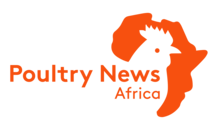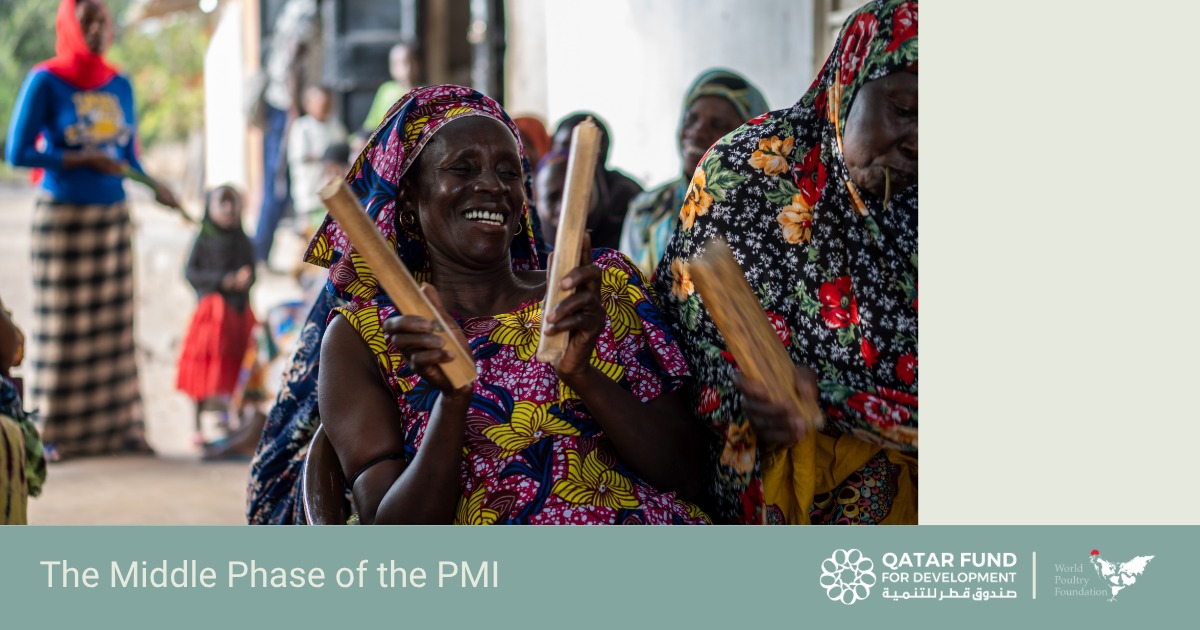Every Poultry Multiplication Initiative (PMI) starts with excitement, energy, and innovation — the launch of new hatcheries, the involvement of enthusiastic farmers, and the introduction of improved production systems. This early stage often brings visible progress and optimism, as communities embrace modern poultry practices and investments begin to take shape. However, the true measure of success is not found in the initial launch, but in what follows — the critical middle phase that determines whether these initiatives can truly stand the test of time.
In this transition period, the focus shifts from rapid expansion to long-term stability. It is a stage where local partners begin to take full ownership of operations, applying the knowledge and training gained during the early implementation. Hatchery managers refine their systems to ensure consistent quality, while farmers adapt to improved breeding and feeding methods that enhance productivity. The excitement of the beginning gradually transforms into the discipline of sustainability, with attention centered on building reliable structures that will support growth for years to come.
One of the key components of this phase is data-driven decision-making. By collecting and analyzing information on hatchery performance, feed conversion rates, and market trends, local teams can make informed choices that optimize operations. These insights help identify challenges early, whether it’s related to chick mortality, biosecurity lapses, or marketing gaps, and allow for timely interventions. With data as a guide, the initiative moves from trial and error to a more precise, efficient model of poultry production.
Equally important is the strengthening of hatchery management and local capacity. Skilled technicians and managers play a crucial role in maintaining the health and quality of chicks. Training in hatchery hygiene, temperature control, and proper handling ensures that every stage of production meets high standards. The development of local expertise means that even after external support tapers off, the system continues to function effectively — a clear sign of sustainability taking root.
Another critical aspect of this middle phase is marketing and distribution. Strong marketing strategies ensure that farmers not only produce quality chicks but also have reliable markets to sell their products. Local entrepreneurship flourishes as communities identify new opportunities in egg and meat sales, feed supply, and input distribution. This helps build economic resilience and encourages more people, especially youth and women, to participate in the poultry value chain.
The World Poultry Foundation emphasizes that this stage — where partners lead, systems stabilize, and ownership strengthens — is the cornerstone of sustainable transformation. It’s not just about growing more chickens; it’s about empowering local people to manage, sustain, and expand the sector independently. When local institutions are strong, and decisions are informed by data and experience, poultry farming evolves from a project into a thriving, self-sustaining enterprise.
Ultimately, the success of every Poultry Multiplication Initiative lies in this middle phase — the moment when passion meets practicality, and temporary support gives way to lasting impact. It’s here that the real future of poultry production is built, one hatchery, one farmer, and one community at a time.



